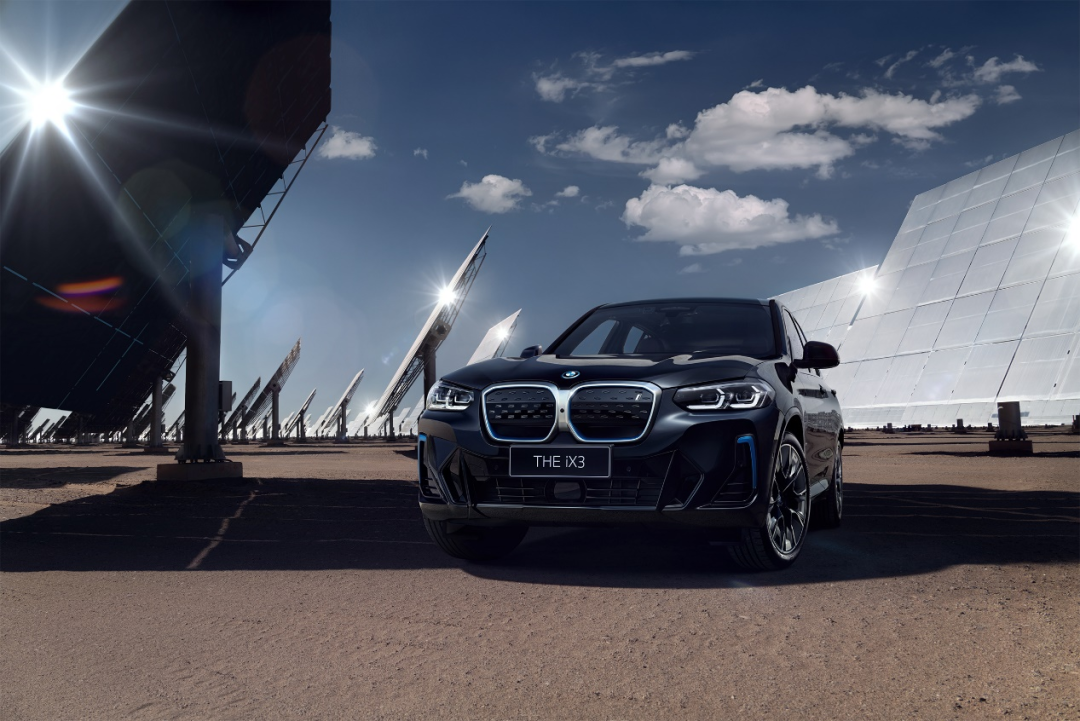This article is reproduced from the Autocarweekly official account
Author: Hu Laquan
It is said that the first idiom that most foreigners learn when they come to China is “When in Rome, do as the Romans do”.
The Han nationality may be one of the most assimilable ethnic groups in the world, and this land of China has always had its own personality and characteristics. After decades of reform and opening up, foreign-funded enterprises that originally set foot on this land as “outsiders” have finally gained the “real skills” for dealing with the Chinese market.
From the initial exploration and trial and error to gradually mastering the essence of East-West integration and win-win cooperation, since BMW set up a representative office in China in 1994, 27 years have passed. This is exactly the time it takes for a child to mature from infancy to independence. Today’s BMW China is no longer as simple as a market in a certain region. For BMW, the significance of the suffix “China” is becoming increasingly important…
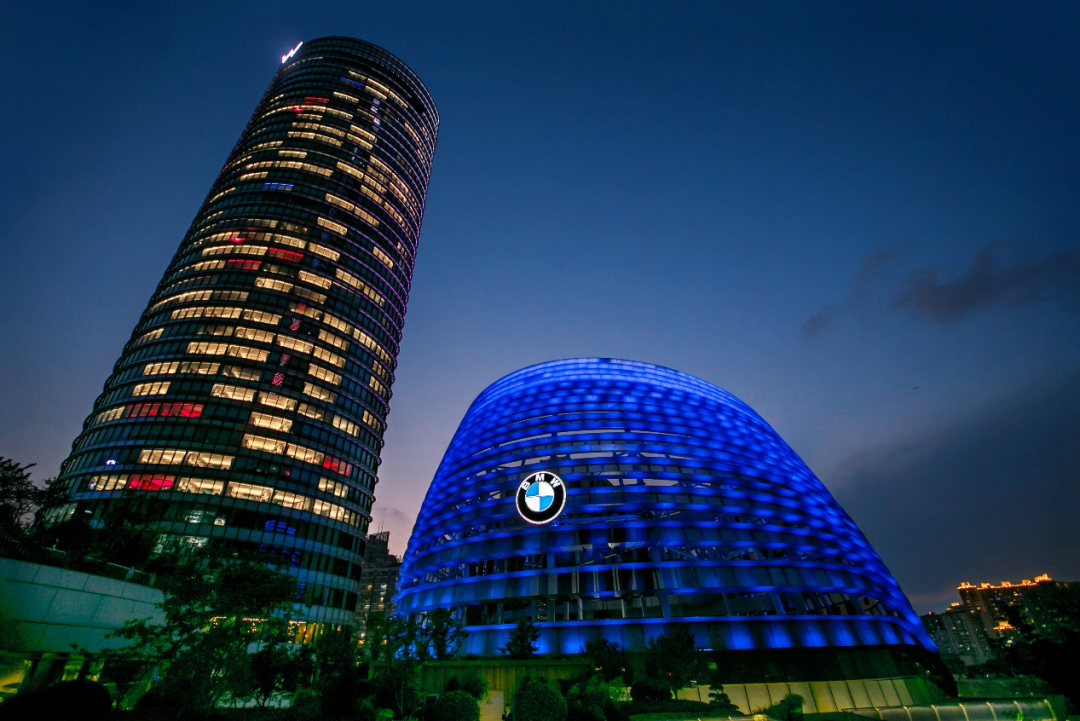
Focusing on China, Embracing Innovation
As the fastest-growing major economy in the world, China bid farewell to the old image of cheap industry many years ago, and replaced it with a concentration of world scientific and technological innovation. Innovation has always been in line with the core spirit of the BMW brand. Since its inception, BMW has been leading the entire auto industry with new technologies and products created by creative thinking. At present, both China and BMW take innovation as the driving force, which is a good opportunity for both sides to make progress together.
As early as two years ago, Mr. Jochen Goller, President and CEO of BMW Group Greater China, declared, “For BMW, China is not only a consumption market, but also a source of innovation.” Today’s China is different from the past, and BMW is also cultivating the fields of creativity on this innovative land. Four research and development and digitalization centers located in China have formed BMW’s largest research and development system outside Germany.
Among them, the Beijing R&D Center is mainly responsible for vehicle engineering, testing and certification; the Shanghai R&D Center focuses on digital products, software development, and local digital ecological innovation; the Shenyang R&D Center focuses on local electric vehicle development and production R&D after mass production of domestic models; Leddar, a digital company established in 2019, is responsible for innovative research on BMW customer journeys; In 2021, BMW Chengmai Information Technology Co., Ltd. and Leddar Nanjing Branch were established in Nanjing, focusing on in-vehicle software development and enterprise IT system development, respectively.
As Dr. Peter, BMW Group’s global CFO, said, “China’s trends will lead the direction of the world.” When the automobile industry enters the new era of intelligent electricity, China has become the global leader in new automobile technologies. At this moment, focusing on China is to embrace transformation and embrace change.In the field of electrification, BMW’s innovative initiatives in China have even helped to drive the global new energy wave. Ningde-era, China’s well-known leading lithium battery company, owes its rapid development in its early stages to the early technology cooperation established with Brilliance BMW. Today, Ningde-era is one of the world’s top giants and maintains a very close relationship with BMW. Perhaps unknown to the public, Brilliance BMW is China’s first joint venture automaker to establish a power battery center, and BMW’s new energy strategy in China has always been at the forefront. It is precisely these far-sighted strategic moves that have created BMW’s inherent advantages in the research and production of electric vehicles.
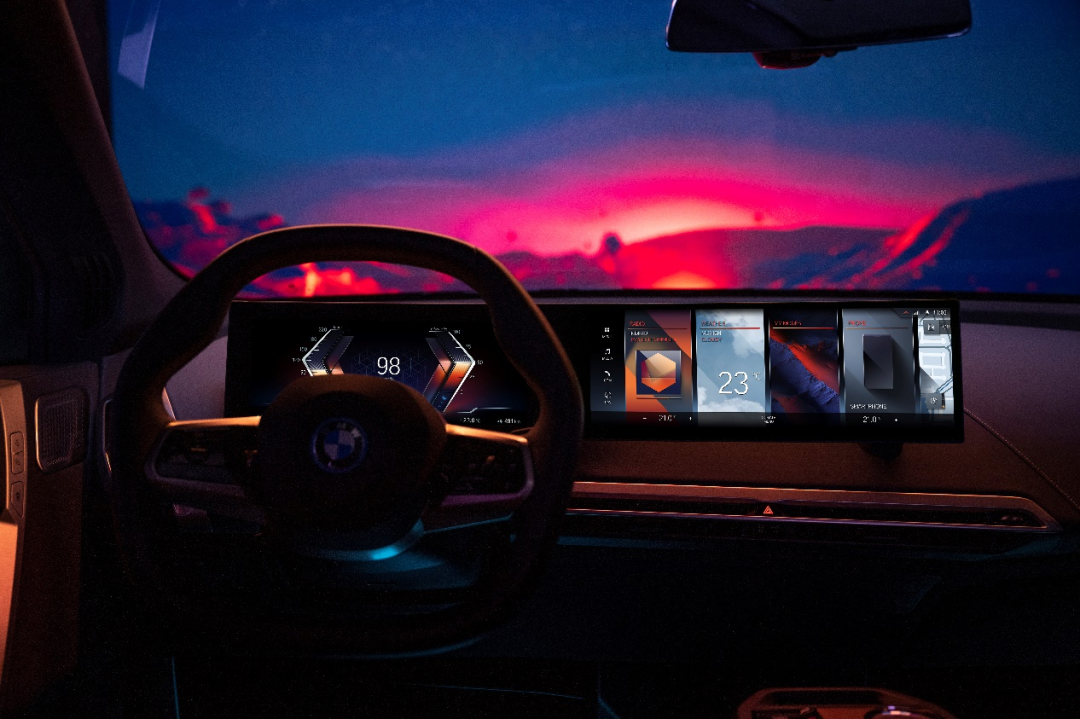
In the field of digitization, BMW has always believed that China is currently the market with the greatest interest in digital and interconnect technologies–“China is the key driving force behind digitization.” In order to meet the increasingly diverse needs of Chinese consumers, BMW established the Lingyue company in 2019, which focuses on digital transformation. The My BMW App, jointly developed by Lingyue and BMW China’s R&D team, has attracted more than 3.4 million users and over 1.4 million monthly active users in just over a year.
In 2021, BMW and Chengmai Technology formed a joint venture business entity, New BMW Chengmai, dedicated to the development of in-vehicle software, enhancing the “soft” strength of BMW vehicles in the digital age; at the same time, BMW established Lingyue’s Nanjing branch, aiming to provide agile, efficient IT research and development and technical solutions services for BMW’s operation and service in China.
In addition, BMW has worked with Tencent to promote the integrated digital ecosystem experience inside and outside the car. Tencent’s Little Scene 2.0 and WeChat in vehicles have already appeared on BMW models ahead of others.
Based on China, Leading the Future
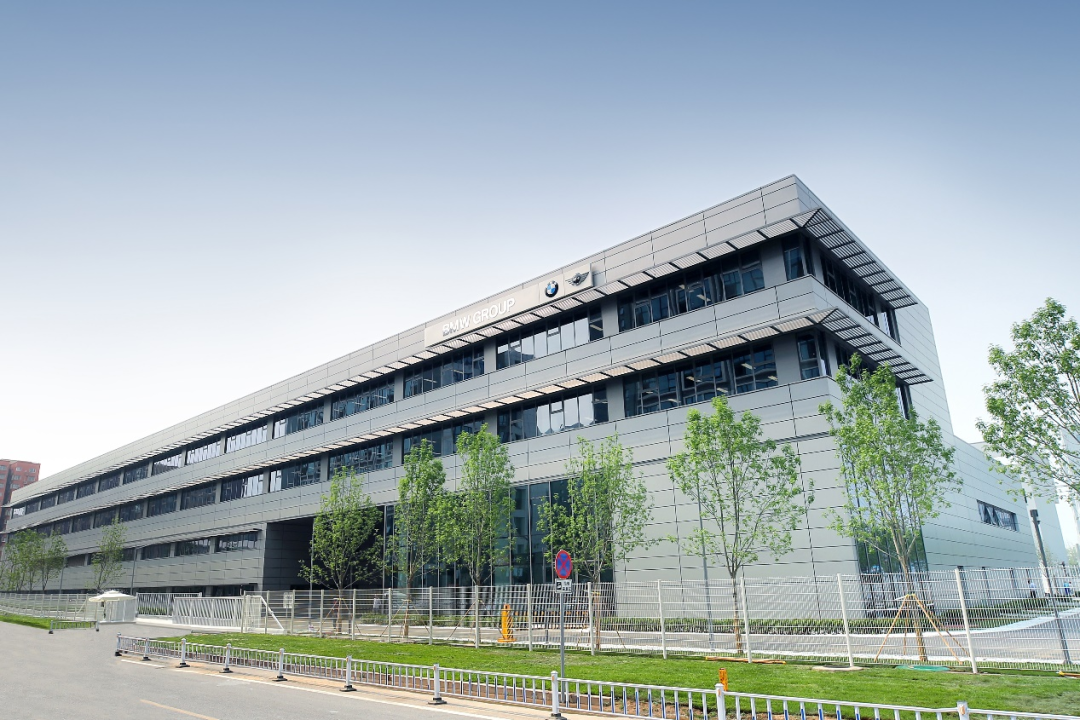
With its roots in China’s R&D and digitization base, BMW is no longer simply importing European models for sale in the Chinese market, but rather integrating the techniques and experiences developed locally into the research and development of localized and even global models.
By taking a more comprehensive, in-depth, and rapid layout in China, BMW can truly consider and meet the expectations and needs of Chinese consumers, adhering to its “China First” principle. This principle seeks to respond quickly and independently to the changes in the Chinese market, while maintaining global strategic coordination.To this end, BMW has upgraded its “China as Home” strategy to the “2025 China Strategy”. Mr. Jolyon Gau, President and CEO of BMW Group Greater China, described the upgraded China strategy in a simple and accurate series of numbers: “1” refers to the “China First” principle; “2” refers to both BMW and MINI brands rooting in China; “3” represents the firm transformation in three directions along electrification, digitalization and sustainability; “4” is four R&D and digital bases in Beijing, Shanghai, Shenyang and Nanjing; “5” refers to the five BMW pure electric vehicles that will be presented in China in 2022.
In addition to the numbers “1” to “5”, BMW’s China strategy also includes a focus on China’s natural environment and firm support for China’s sustainable development. “2025” represents BMW’s “New Generation” pure electric vehicle models to be launched in 2025; “200 million” and “1.5” respectively represent BMW Group’s carbon reduction targets for 2030 and commitment to the 1.5-degree temperature control target of the Paris Agreement.
At the product level, BMW has a mature and advanced BMW Brilliance manufacturing base in China, as well as the Beam Automotive project, which is advancing as planned.
At the Shenyang factory, the BMW iX3, which marks a new starting point for the BMW i series, has not only been rapidly localized to meet the consumption demand under China’s new energy wave, but has also been exported to 39 countries and regions overseas, representing the first large-scale export of BMW Brilliance to overseas markets. The self-built power battery center has successfully produced 100,000 high-voltage power batteries as of July 2021. In 2022, a new pure electric 3 series will also be produced here to further meet the needs of Chinese consumers.
In Zhangjiagang, the Beam Automotive project, a joint venture between BMW and Great Wall Motors, has entered the right track, with the main building expected to be completed by the end of this year. As BMW’s second production base in China, Beam Automotive jointly develops pure electric vehicles and achieves co-production through innovative joint venture models. Through absorbing the valuable experience of both joint venture partners in the Chinese market, the new products of Beam Automotive will be launched with the support of Chinese innovation and creation.
In 2022, BMW will present a total of 5 pure electric vehicle models in China, including BMW iX, BMW iX3, BMW i4, long-wheelbase pure electric 3 series and another pure electric flagship. As part of the “BMW Network Leading Innovation” project, the new “BMW i Brand Exclusive Experience Store” will provide the best display stage for them.The first two BMW i exclusive experience stores will be launched in Shenzhen and Beijing in 2022. The unique design concept inherited from the BMW iX, the use of a large quantity of recycled and degradable materials, and a full-service system from experience to sales, all reflect BMW’s comprehensive thinking and systematic layout in the new era. The transformational thinking has extended to all levels and corners.
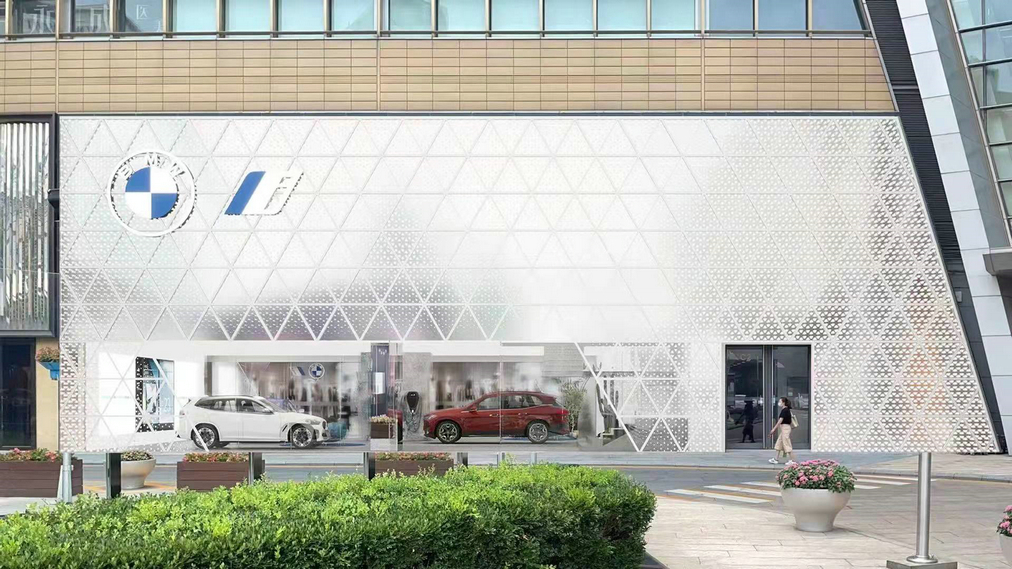
Conclusion
China is BMW’s most important single market globally, so it’s easy to understand why BMW so favors China, to the point of making “China First” its brand strategy. BMW’s actual actions fully demonstrate its sincerity to “prioritize” China, whether it’s the new manufacturing base, the four R&D and digitalization bases, or the new joint ventures. The “bias” of BMW is just and imposing.
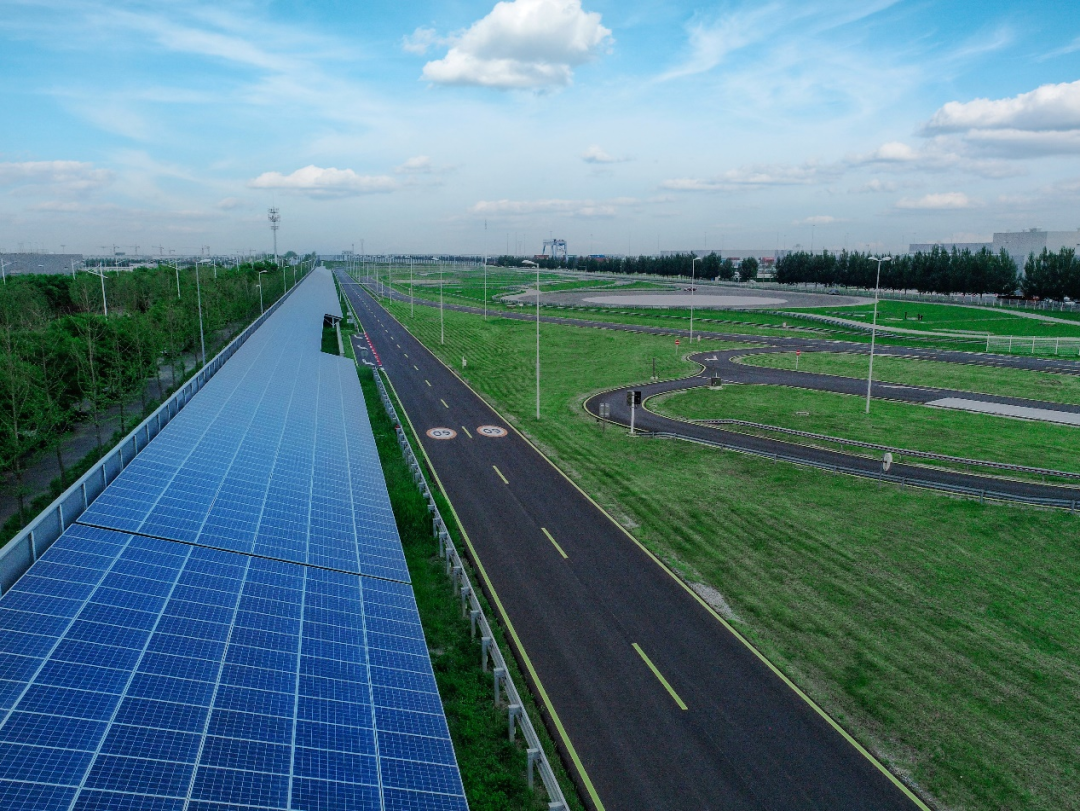
Behind the “make China home” concept, BMW not only comes for China’s market and sales volume, but also to respond to China’s innovative transformation and sustainable development. The affirmation and appreciation of China’s innovation is the driving force for BMW to work closely with Chinese technology companies; while the support for China’s low-carbon transformation is BMW’s firm support for China’s sustainable development.
China is driving BMW to embrace change more actively, comprehensively and deeply, and to continue to take the lead in the new era of automotive development as an innovator and leader.
This article is a translation by ChatGPT of a Chinese report from 42HOW. If you have any questions about it, please email bd@42how.com.
